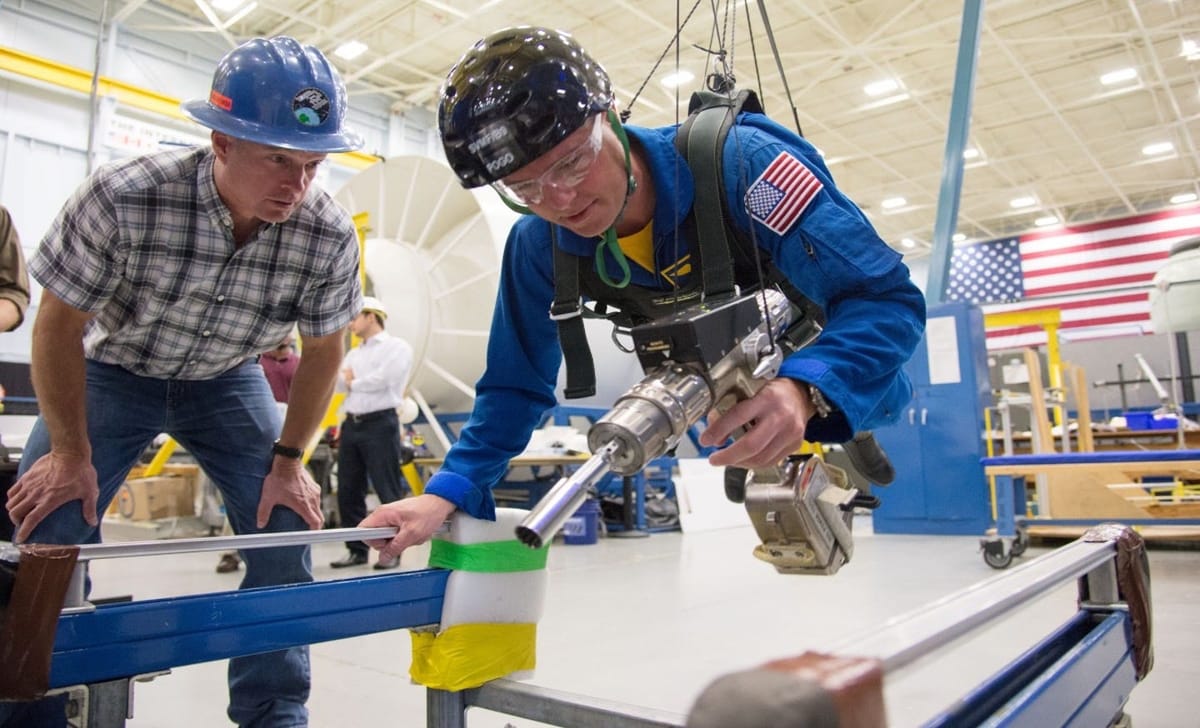Human Factors in Space Hardware and Equipment
Lesson 8 from ESA Astronaut Training

✨ This post is from the archive 🏛️. Migrated from Substack when we moved our writing to Ghost. ✨
Human Factors plays a critical role in the design and maintenance of space hardware and equipment. This lesson highlighted the importance of considering human capabilities and limitations in design, to ensure astronauts' safety, performance, and comfort during missions.
We explored key principles that should be integrated into the design of spacecraft hardware, emphasising the need for safety, durability, and accessibility. Understanding these principles is crucial for astronauts who will engage in the maintenance and repair of equipment aboard the ISS.
Key highlights from this lesson included:
🔧 Design Principles: Ensuring hardware is safe, durable, accommodating, standardised, easily identifiable, and requires minimal training to use.
🛠 Maintenance: Reducing the need for specialised skills and tools, minimising crew time on maintenance, lowering cognitive workload, and ensuring safety.
🔨 Preventive and Corrective Maintenance: Incorporating maintenance considerations from the design phase and throughout the lifecycle of the equipment.
🛠 Examples on the International Space Station: Application of Human Factors principles to tools, racks, drawers, restraints, mobility aids, and crew personal equipment.
By incorporating these Human Factors principles, we can design equipment that is not only functional but also enhances the overall mission efficiency and safety.
Question for you: How do you think the principles of Human Factors can be applied to everyday tools and equipment we use on Earth?





